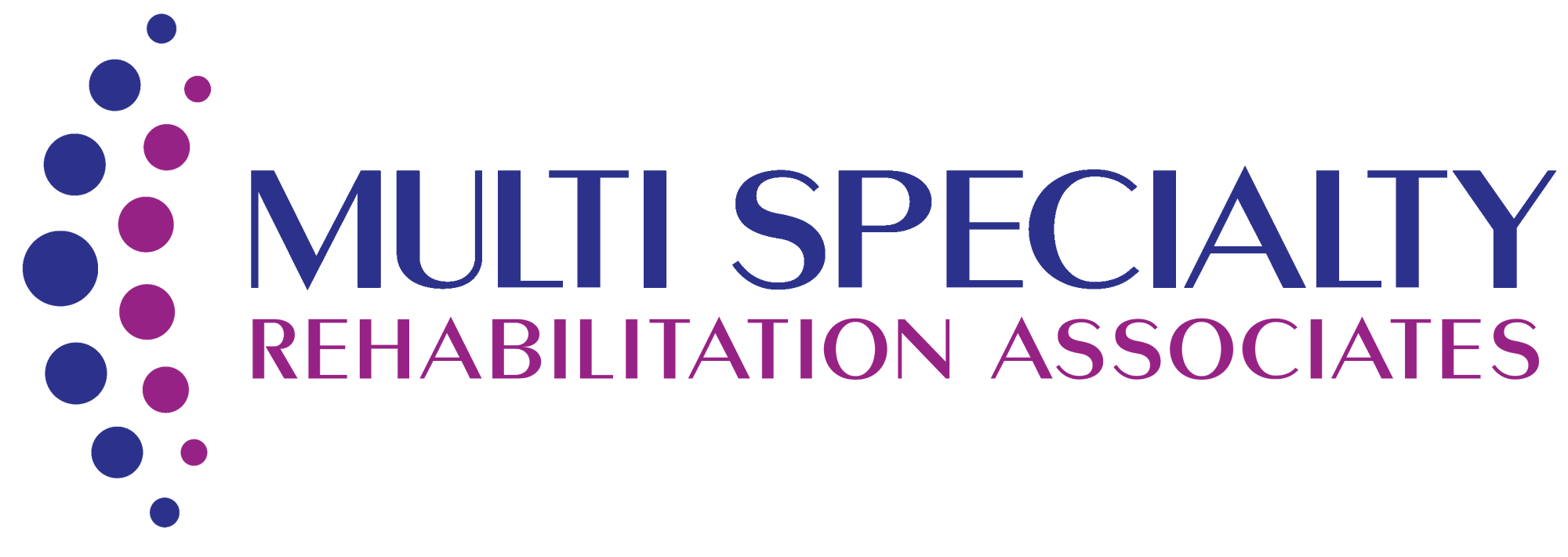Advanced Neurodiagnostics
At the Physical Therapy and Rehabilitation Center of Brooklyn, we are dedicated to providing comprehensive care for patients with neurological conditions. Our Advanced Neurodiagnostics services utilize cutting-edge technology to accurately diagnose a wide range of neurological disorders and guide effective treatment plans. With a team of experienced neurologists, technologists, and rehabilitation specialists, we offer a full spectrum of diagnostic testing to help patients achieve the best possible outcomes.
Common Uses of EEG:
Common Uses of EMG and NCS:
Common Uses of Evoked Potentials:
Our Neurodiagnostic Services
We provide a variety of advanced neurodiagnostic services designed to evaluate the function of the brain, spinal cord, nerves, and muscles. Our goal is to deliver precise and timely results that support accurate diagnosis and treatment planning.1. Electroencephalography (EEG)
Electroencephalography (EEG) is a non-invasive test that records electrical activity in the brain. It is commonly used to diagnose and monitor neurological conditions that affect brain function.Common Uses of EEG:
- Seizure Disorders and Epilepsy: Detects abnormal brain wave patterns associated with seizures.
- Brain Injuries: Assesses brain activity following trauma or concussion.
- Sleep Disorders: Helps diagnose sleep disorders such as sleep apnea and narcolepsy.
- Encephalopathy and Brain Tumors: Evaluates abnormal brain activity caused by infections, tumors, or metabolic disorders.
What to Expect During an EEG:
- Preparation: Patients are asked to avoid caffeine and may be asked to wash their hair before the test. No special preparation is needed otherwise.
- Procedure: Small electrodes are placed on the scalp to detect electrical activity. The procedure is painless and usually takes 30 to 60 minutes.
- Results: The EEG recordings are interpreted by a neurologist, who provides a detailed report to guide diagnosis and treatment.
2. Electromyography (EMG) and Nerve Conduction Studies (NCS)
Electromyography (EMG) and Nerve Conduction Studies (NCS) are diagnostic tests used to evaluate nerve and muscle function. These tests are essential for diagnosing neuromuscular disorders, nerve injuries, and muscle diseases.Common Uses of EMG and NCS:
- Peripheral Neuropathy: Assesses damage or dysfunction in peripheral nerves.
- Carpal Tunnel Syndrome: Identifies nerve compression in the wrist.
- Radiculopathy: Evaluates nerve root problems due to spinal disc herniation or degeneration.
- Muscle Disorders: Diagnoses conditions such as muscular dystrophy or myasthenia gravis.
- Nerve Injuries: Assesses recovery after nerve injuries or surgeries.
What to Expect During EMG and NCS:
- Preparation: No special preparation is necessary. Patients should wear loose, comfortable clothing.
- Procedure: During NCS, small electrodes are placed on the skin to measure nerve responses to electrical stimulation. For EMG, a small needle electrode is inserted into muscles to record electrical activity. The tests usually take 30 to 90 minutes.
- Results: A neurologist analyzes the data to identify any abnormalities and provides a comprehensive report to guide your treatment plan.
3. Evoked Potentials (EP) Testing
Evoked Potentials (EP) testing measures the electrical activity in the brain and spinal cord in response to specific stimuli (visual, auditory, or sensory). It is particularly useful in diagnosing multiple sclerosis (MS) and other demyelinating disorders.Common Uses of Evoked Potentials:
- Multiple Sclerosis (MS): Detects lesions or abnormal nerve conduction in the central nervous system.
- Optic Neuritis: Assesses visual pathway function.
- Hearing Loss and Auditory Disorders: Evaluates auditory nerve function and brainstem response.
- Spinal Cord Injuries: Assesses spinal cord function and nerve pathway integrity.
What to Expect During EP Testing:
- Preparation: Patients should wear comfortable clothing and may need to remove glasses or hearing aids during the test.
- Procedure: Small electrodes are placed on the scalp and other areas to record the brain’s response to visual, auditory, or sensory stimuli. The test is non-invasive and painless.
- Results: A neurologist reviews the results to detect abnormalities and provide insights into the patient’s neurological health.
4. Quantitative Sensory Testing (QST)
Quantitative Sensory Testing (QST) is a diagnostic procedure used to evaluate sensory nerve function by measuring responses to stimuli such as temperature, vibration, and pressure. Common Uses of QST:- Neuropathic Pain: Assesses pain sensitivity in conditions like diabetic neuropathy or complex regional pain syndrome (CRPS).
- Nerve Damage: Evaluates sensory nerve function following injuries or surgeries.
- Chronic Pain Disorders: Provides insights into pain mechanisms for conditions like fibromyalgia.
What to Expect During QST:
- Preparation: No special preparation is needed.
- Procedure: Patients are exposed to controlled stimuli, and their sensory responses are measured. The test is non-invasive and painless.
- Results: The data is analyzed to detect sensory abnormalities, which helps in tailoring a personalized treatment plan.
Why Choose Us for Advanced Neurodiagnostics?
At the Physical Therapy and Rehabilitation Center of Brooklyn, we are committed to providing the highest level of care and expertise in neurological diagnostics. Our advanced neurodiagnostic services help ensure accurate diagnoses and effective treatment planning for a wide range of neurological conditions.- State-of-the-Art Technology: We utilize the latest diagnostic tools and techniques to provide precise and reliable results.
- Experienced Neurologists and Technologists: Our team of skilled professionals is trained in advanced neurodiagnostic procedures and interprets results with precision and expertise.
- Comprehensive Care: Our integrated approach combines neurodiagnostic testing with personalized rehabilitation and therapy services for optimal patient outcomes.
- Patient-Centered Approach: We prioritize patient comfort and education, ensuring that each patient understands the diagnostic process and feels supported throughout their care.

